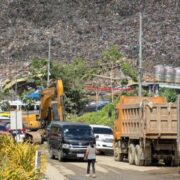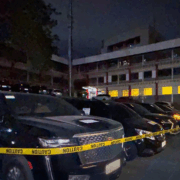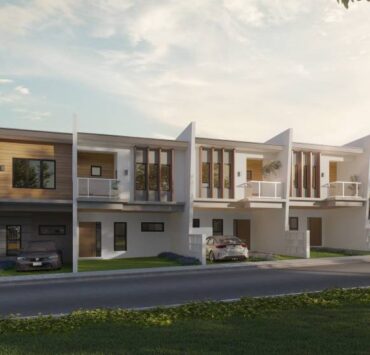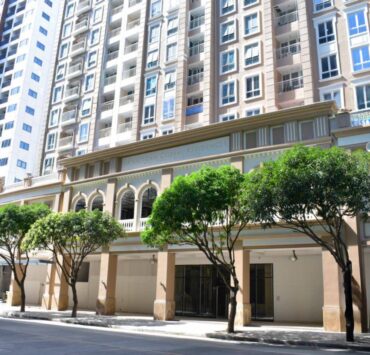The past, present and progress of Lapu-Lapu City
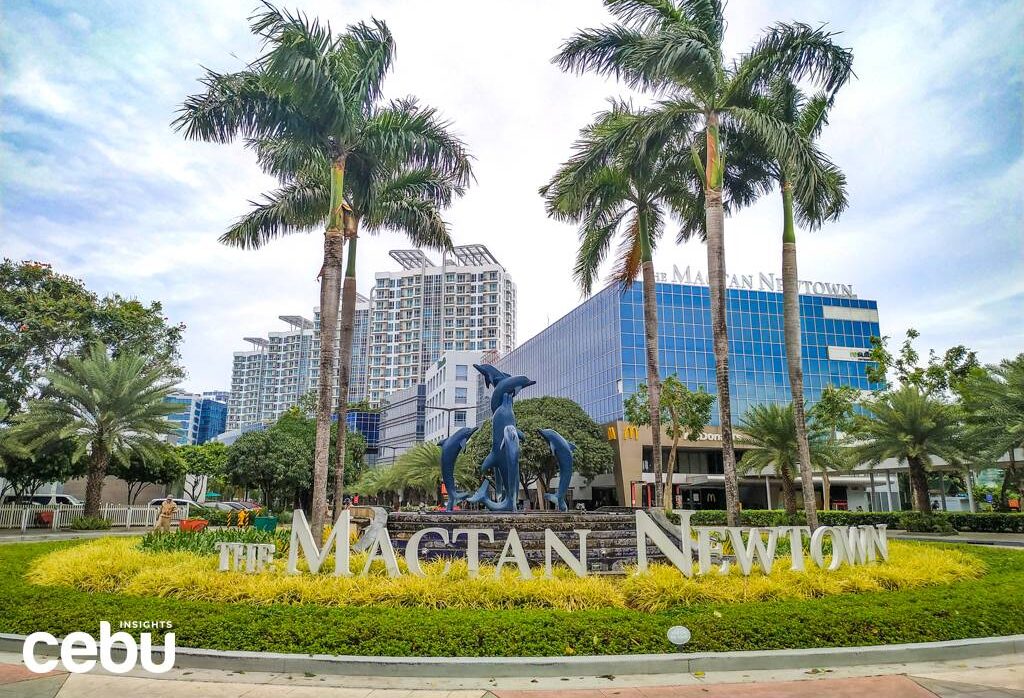
Lapu-Lapu City offers a seamless integration of heritage and progress.
In this thriving city, modernity and culture coexist, allowing residents and visitors to experience the rich history of the Philippines while embracing modern advancements.
Highly urbanized city
Formerly known as the municipality of Opon, Lapu-Lapu City was named after the first Filipino fighter who successfully defeated the Spanish invaders in the Battle at Mactan. The city was created under Republic Act No. 3134 in 1961 and became a highly urbanized city in 2007.
Lapu-Lapu City is composed of 19 barangays in its mainland and 11 barangays in Olango Island. The city has a land area of 58.10 sq km and its population was at 497,813 according to the 2024 Census.
Today, Lapu-Lapu City is reaping recognitions for being one of the most competitive cities in Central Visayas. In the 2024 Cities and Municipalities Competitiveness Index (CMCI), Lapu-Lapu City ranked third overall and first in its region among the most improved highly urbanized cities.
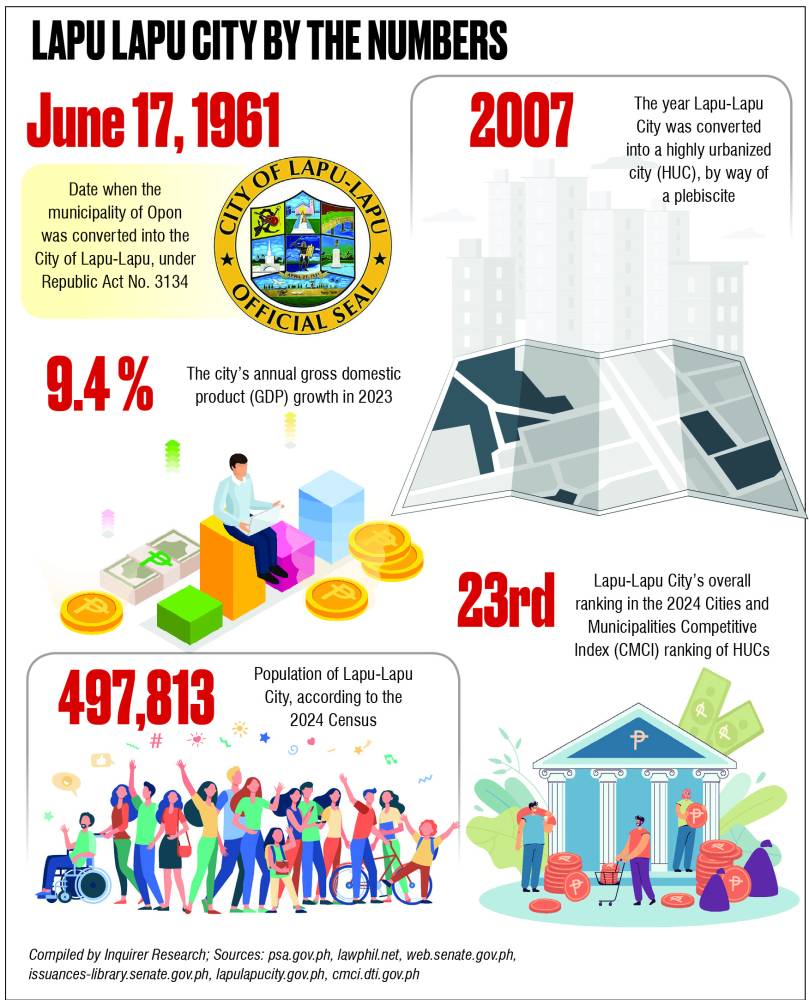
Steady growth
Latest data from the Philippine Statistics Authority (PSA) showed that the economy of Lapu-Lapu City grew by 9.4 percent in 2023. It also ranked as the fifth largest economy among highly urbanized cities in Central Visayas, accounting for 12 percent of the gross regional domestic product of P1.38 trillion for the same period.
According to the PSA, the major contributors to the economic growth of Lapu-Lapu were transportation and storage, accommodation and food service activities, and construction.
Core industries like tourism, manufacturing, transportation and storage, and real estate continue to contribute to the sustained growth of the city as well.
At present, Lapu-Lapu City is home to several special economic zones including the Bigfoot Information Technology Park, the Cebu Light Industrial Park, the Mactan Economic Zone, and the Mactan Newtown.
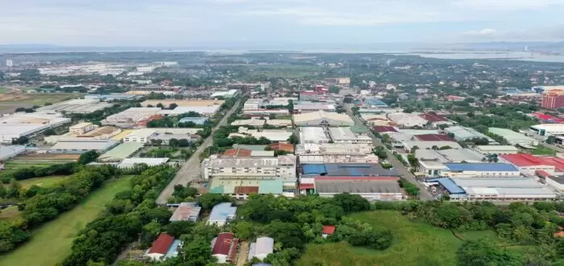
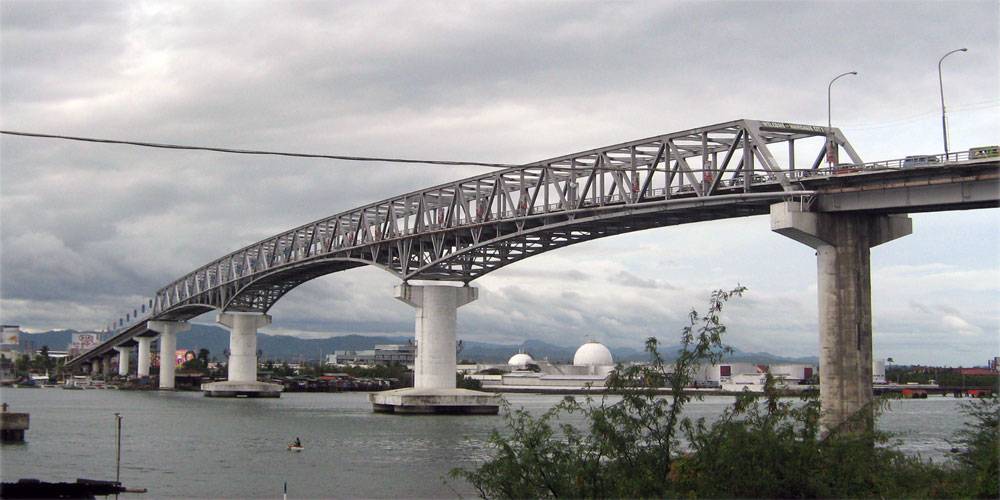
Improving connectivity
Lapu-Lapu City continues to advance, with infrastructure and connectivity high on the agenda of both national and local governments. It is home to the Mactan-Cebu International Airport, which serves as the Visayas’ main gateway to the rest of the Philippines and the world. Handling both domestic and international travel, the airport plays a critical role in boosting regional mobility and economic growth.
With its strategic location and thriving industries, Lapu-Lapu City also operates busy seaports that serve as entry points for both tourists and cargo. Among these are Angasil Port and Hilton Port.
Aside from the airport and seaports, accessibility between Lapu-Lapu City and other parts of Cebu province has improved due to key infrastructure, particularly the Mandaue-Mactan Bridge and the Marcelo H. Fernan Bridge. These bridges have reduced both transportation costs and travel time.
Sources: Inquirer Archives, cmci.gov.ph, psa.gov.ph, lapulapucity.gov.ph, Phil Atlas, peza.gov.ph, Official Facebook page of Lapu-Lapu City Treasurer’s Office





